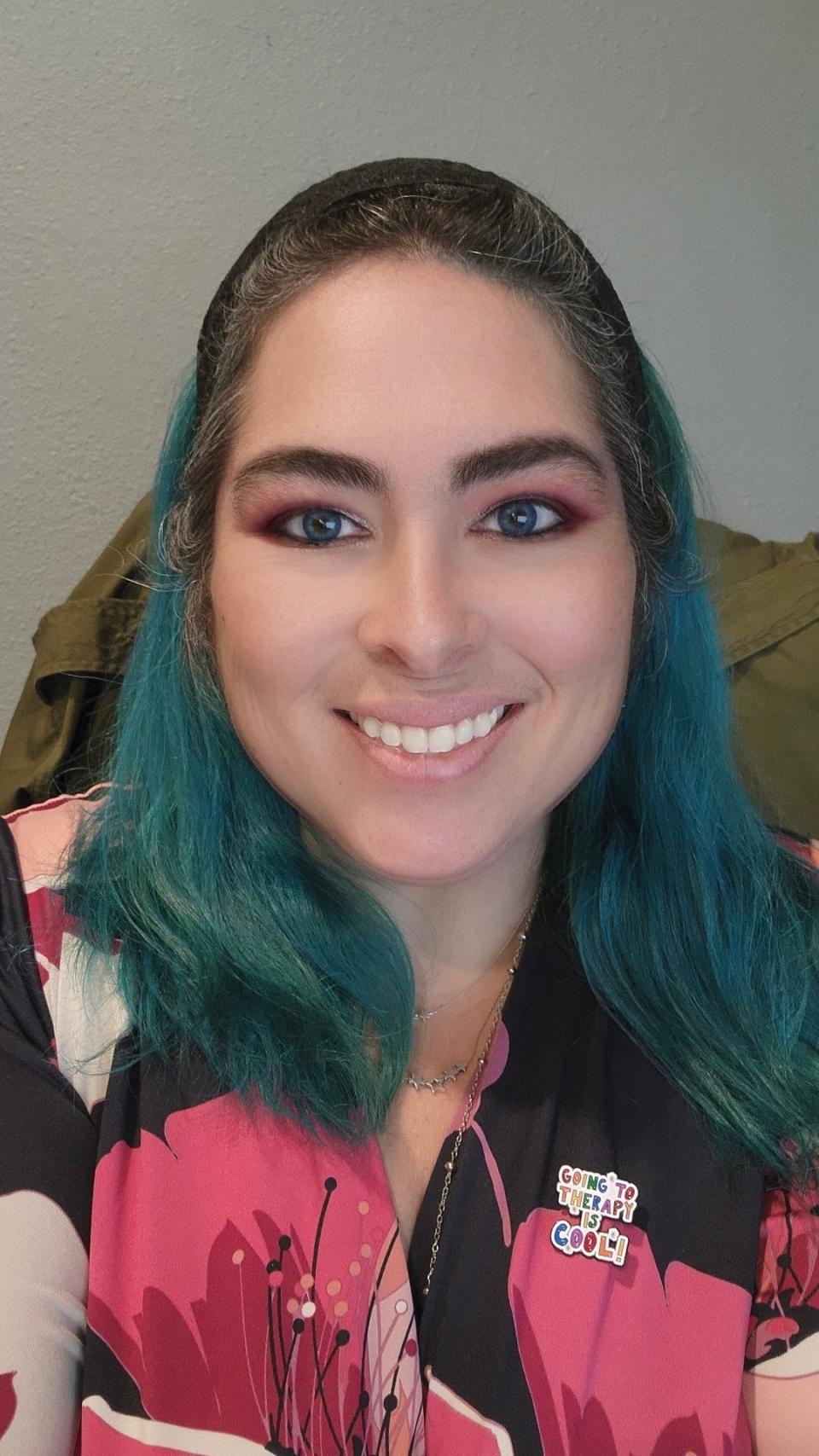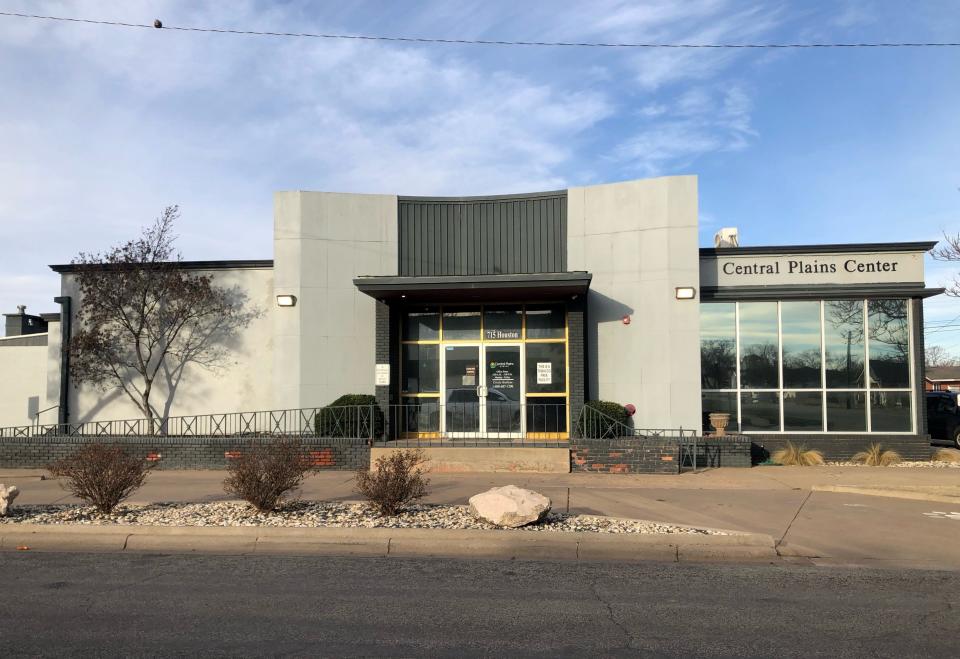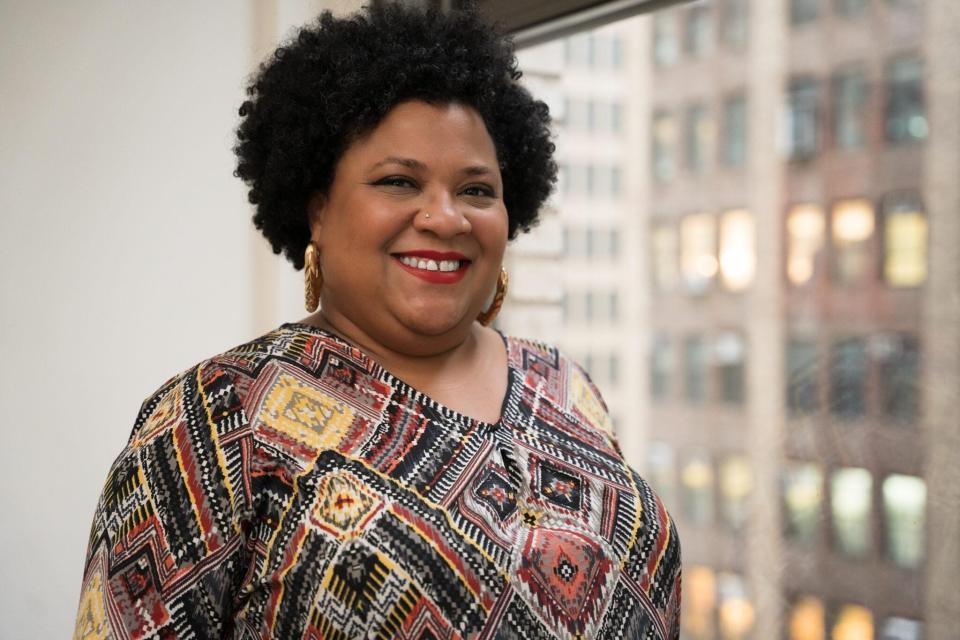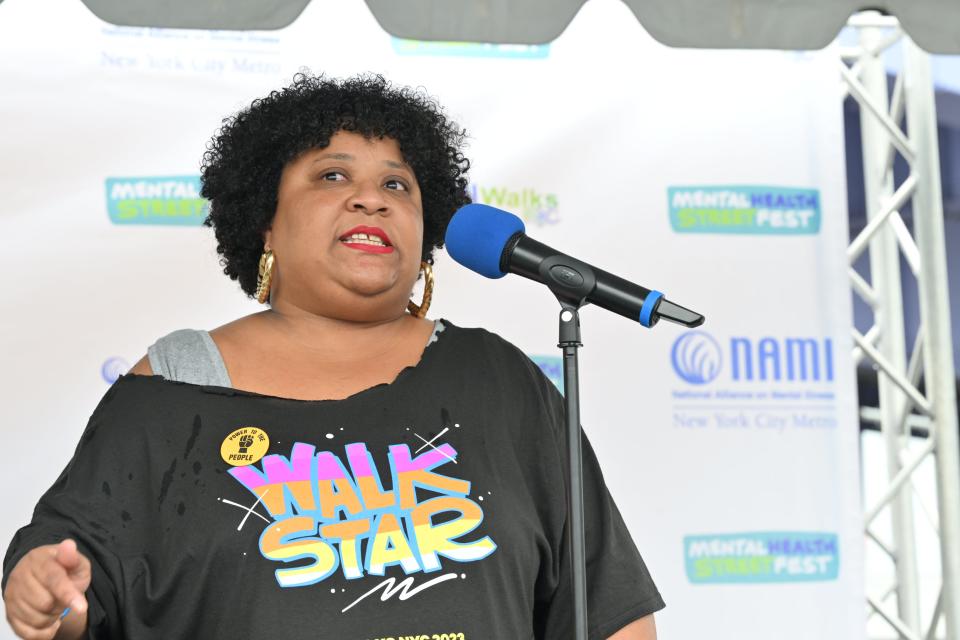Mental health crisis fuels the post-pandemic rise in medication use

The COVID-19 pandemic was a breaking point for 43-year-old Tamalyn Paredes, an addiction counselor at a methadone clinic in Portland, Oregon. Living in California at the time, she worked at a group home for children with serious emotional disturbances – a job she described as taxing, especially when kids would lash out.
Helping those with mental health conditions hit close to home for Paredes. She lived with depression and suicidal thoughts for years, but the hormonal side effects of ovary removal surgery in 2019 made things worse.
“I felt like my life was falling apart,” she said.

After moving to Oregon for a new job in October 2021, she decided to prioritize her mental health and see a doctor for treatment. She was diagnosed with ADHD and prescribed medications, which she said have been life-changing.
Today, Paredes takes three medications to manage her mental health. Her sleep quality has improved. She has more control over her emotions. Focusing her attention at work has become easier, especially after being fired for performance issues in previous jobs.
“I cannot go back to not being medicated,” she said.
A USA TODAY analysis of Medicaid data for the 60 most used psychiatric drugs showed a growing number of people sought mental health treatment and medication during the pandemic as it pushed people into isolation and dismantled support systems.
The analysis also revealed a lingering effect of the pandemic: Mental health-related prescriptions rose further in 2022, up 12% from 2019, outpacing the less than 1% growth in overall prescriptions. That includes prescriptions for generic Zoloft, the most common antidepressant medication, which rose 17% over the same period.
More than half of these drugs saw an increase in prescriptions since 2019, and the steepest increase was among ADHD drugs: Concerta and generic Adderall.
Related: ADHD drug prices rise as Adderall shortage leaves patients scrimping to fill prescriptions
Even before the pandemic, the use of mental health drugs was on the rise due to more affordable medication options and broadening acceptance of mental health treatment. That increase accelerated as the pandemic deepened the country’s mental health crisis following widespread loss and adversity.
The upending of normal structures because of COVID-19, alongside the heightened awareness of mental health and the expansion of conditions being diagnosed, are likely contributing to the rise in mental health prescription drugs, Amy Werremeyer, president of the American Association of Psychiatric Pharmacists, told USA TODAY.
According to the Census Bureau’s January 2024 survey, the percentage of people experiencing anxiety or depression remains double that of pre-pandemic levels.
Across all ages, over a fifth of adults – and more than a third of those under 30 – reported feeling anxious or depressed. Among transgender and bisexual people, the problem is worse: 57% of transgender people and 44% of bisexuals said they experience anxiety or depression.
“This is just coming to a point where for many people, it’s been unmanageable,” said Dr. Smita Das, chair of the American Psychiatric Association’s addiction council.
One silver lining of the pandemic, Das said: “We all started to talk about mental health more and bring it to the forefront.”

The growing toll that the mental health crisis is exacting on the country is borne out in other data, too. For example, lives lost to suicide and drug overdoses are at record levels.
Policymakers and government officials have taken note and recommended actions to fortify mental health programs and reinforce social support systems, such as creating mobile crisis teams, establishing a national suicide prevention hotline and implementing paid family leave laws.
U.S. Surgeon General Vivek Murthy, last year, issued an advisory underscoring the urgency to address “the public health crisis of loneliness, isolation, and lack of connection.”
“There's increasing recognition that we shouldn't be thinking about mental health conditions any differently than we think about physical health conditions,” Werremeyer said.
“But for some reason in the past,” she said, “we have blamed people for having to take depression medication or substance use disorder medication.”
Financial barriers, such as limited insurance coverage for mental health treatment or high costs for uninsured patients, also make it difficult for some people to access medications, Werremeyer said.
Expansive mental health drug market
Mental health drug use has grown over the past two decades – partly due to the introduction of lower-cost generics, according to Arthur Wong, a managing director focused on healthcare at rating agency S&P Global Ratings.
It has become a high-demand area, Wong said, with drugmakers developing new alternatives and researching novel approaches to treat depression and anxiety.
Among the generics that became available this century, Zoloft’s generic version, sertraline, is the most widely used drug for mental health, according to USA TODAY’s analysis of federal drug use data. The lower-cost alternative was released 15 years after its brand name hit the market in 1991.
As of early February, generic Zoloft is 300 times cheaper than the brand name, based on average prices pharmacies pay per pill. That means, a month’s supply of Zoloft can cost patients without insurance upwards of $400, while the average retail price for the generic alternative hovers around $20, according to GoodRx.
In the past five years, prices of the 30 most prescribed generic psychiatric drugs dropped faster than the average decrease across all generic drugs, based on USA TODAY’s analysis of National Average Drug Acquisition Cost data that contains information about the amount retail community pharmacies pay for drugs.
Search our database to see what pharmacies are paying for your generic or brand-name medication.
While generic prices trend downward, brand-name prices have steadily risen, a phenomenon dubbed the “generic paradox.”
It's not uncommon for brand manufacturers to raise prices after lower-cost generic equivalents become available, said Andrew Mulcahy, a senior health economist at Rand, a nonprofit research organization.
Less than 10% of prescriptions are for brand-name medications, but drug companies still turn a profit by selling to a “small slice of patients,” Mulcahy said.
While some patients prefer to take brand-name drugs because they believe generic alternatives are inferior or less effective, despite meeting the same Food and Drug Administration standards, others stay on costlier medications because no other drug works effectively for them.
Lack of funding and a shallow labor pool
The pandemic spurred telehealth expansion, but also aggravated challenges such as burnout among behavioral health workers, high turnover rates and nationwide staffing shortages.
This, in turn, jeopardizes the quality of care, especially for underserved communities.
“The vicarious trauma can be high because we hear some horrific stories,” said Tamalyn Paredes, who counsels people with opioid use disorder.
Paredes treats 140 patients, triple the number she’s supposed to, simply because there are more people in need than there are providers.
Rural, remote areas are hit especially hard. On many tribal lands, for instance, mental health care “doesn’t exist at all,” said Lori Jump, CEO of StrongHearts Native Helpline, a nonprofit organization that works with Indigenous communities.
Most nonprofit centers that operate under government authority rely on grants to provide for patients who can’t afford to pay. Some received a temporary reprieve through the 2021 American Rescue Plan, which distributed over $3 billion for mental health and substance use grant programs across the country.
Central Plains Center in Plainview, Texas, was one of 40 community behavioral health clinics to get a federal grant. It received over $1 million. Despite that, CEO Sherri Bohr said she worries about future funding and what will happen once the grant runs out this August.

The facility, Bohr said, serves under 4,000 people a year, most of whom are low-income, uninsured or enrolled in Medicaid.
Another concern weighing on her is the shortage of licensed therapists eager to work in rural clinics, Bohr said. “This isn’t the kind of job you get if you just want a paycheck,” she said.
Case in point: A job opening for a therapist at Central Plains Center has remained unfilled for three years.
“They don't keep their roots here,” said Jason Johnson, its associate CEO. “They tend to see our small town as a stepping stone.”
Navigating stigma
The uptick in people seeking treatment and medication does not provide a full accounting of the impact of the pandemic on mental health because many are reluctant to seek help, particularly people of color, LGBTQ+ communities and people with disabilities.
It takes time to overcome that hesitation, said Das, a Stanford University professor, adding that among some communities it gets labeled “a personal failing.”
A 2022 national drug use survey showed that among adults with serious mental illness who didn’t receive treatment, a majority reported that they should have been able to handle their mental health on their own.
Tanisha Malcom, who is Black and was diagnosed with bipolar disorder 20 years ago, said her family didn’t believe in mental illness or therapy. To them, mental health conditions “were not even considered something real,” Malcom said. “No one believed that this was happening to me because ‘it doesn't happen to us.’”
The New York City resident said the underlying message was, “You have to be strong, be tough. You don't have time to be depressed."

Malcom, who lives alone, also felt anxious and unsupported during the pandemic, she said. Watching COVID-19 cases and deaths rise higher and higher worsened her mental health, so she kept the TV off altogether. As someone with comorbidities, Malcom said leaving the house was nerve-racking. She lost friendships and didn’t have a community.
To remedy this, she co-founded the Black Minds Matter support group in May 2020 at the National Alliance on Mental Illness of New York City to support Black people like herself who live with mental health conditions. Today, the support group is thriving, Malcom said, adding that participants share wisdom about how to navigate every aspect of their daily lives being Black and managing mental health conditions.

They feel “seen, empowered and cared for. It’s just like a big group hug,” she said.
Tamalyn Paredes, who helps people with addictions on the opposite coast in Oregon, said she finds fulfillment in her demanding job by connecting patients with the resources they need. Her goal is to become a licensed clinical social worker, drawing from her experiences at the methadone clinic and children’s group home in California.
“I found that from working with the kids, it gave me street cred,” Paredes said. “People always say, ‘It gets better, it gets better,’ but I’m proof that it does.”
This article originally appeared on USA TODAY: Post-COVID, depression, anxiety-related prescriptions see major uptick